Being a great lover of AI and its transformative nature, I have long spent my time reading about breakthroughs, particularly those involving a spectrum of human and machine cognition. This was a gap that I noticed over the years: most AI systems only handle one specific kind of data, such as text or images, without ever being able to capture the entire picture, much like a human being.
That is why I was eager to learn more about the recent breakthrough of Google DeepMind. This multimodal AI model can interpret and unify the perception of text, images, sound, and video. That is the type of evolution that brings us to AI, which can think more like a human being.
Throughout this article, I will clarify how this model functions, what it does, and why it may represent a significant leap in AI at present. No matter how much or how little you already know about the subject, this guide is told with curiosity, clarity, and a genuine thrill as to where we might go next.
Defining Key Concepts
To better understand Google DeepMind’s new multimodal AI, we first need to understand some basic terms related to it.
What is Multimodal AI?
Multimodal AI refers to systems that utilize and integrate information from multiple data types simultaneously. Text, images, audio, and video can all appear simultaneously in a live stream. Instead of focusing on just one type of information, multimodal AI processes multiple types to achieve a more accurate result. With this ability, AI is more like people in the way they make sense of the things they see.
Large Language Models (LLMs)
Large Language Models are built using a vast amount of text data. They study how language is organized to produce text that acts like human writing. Many frequently used AI chatbots rely on these models for their communication and writing skills. Many AI applications that use language remarkably depend on these models for structure.
Google DeepMind
Google DeepMind is famous for creating some of the most intelligent AI systems in existence. As part of Google, it has played a role in producing AI innovations in games, healthcare, and recently, multimodal AI. By developing advanced models, DeepMind drives the advancement of AI, enabling it to tackle complex challenges with greater success. For a deeper look into where generative AI is heading, explore our exclusive preview on the Future of Generative AI at GITEX Global.
What is Multimodal AI? (Foundational Concept)
Most traditional AI systems are designed to work with just one type of data, whether it’s text, images, or sound. The unimodal approach is suitable for specific tasks, but it restricts the AI’s ability to grasp more complex concepts. Since it looks at only one measure, it doesn’t see the full view that can be formed by combining inputs from all the senses.
It is natural for humans to use multiple senses simultaneously. We use our sight, hearing, and reading abilities simultaneously to grasp what is happening around us. Multimodal AI works to match this feature by processing multiple types of data simultaneously. This enables AI to process text, images, sound, and video, allowing it to comprehend information like humans.
One of the most significant challenges is determining how AI can effectively integrate and manage all the various types of data. Multimodal AI utilizes “shared representations” or “embedding spaces,” enabling the system to establish meaningful connections between diverse elements, such as images and words, or sounds and videos. This technical step allows the AI to combine all these inputs into a unified understanding.
How Multimodal AI Processes Different Data Types
Multimodal AI handles different types of information, each type utilizing the most suitable approach for that specific type of data. Transformer models are often used, which process each word or token in a text to draw meaning and understand the context. They are designed to connect words and create relevant messages. As a result, the text output by the AI is clear and well-structured.
The AI handles images by utilizing tools such as CNNs or ViTs. By analyzing each pixel in an image, the models can inform the AI about the different shapes, objects, and other patterns they detect. With this form of visual understanding, the AI can tell what each image represents, identify objects, or sense emotions in a photo.
Audio processing models examine sound data to distinguish between microphones, transmitters, receivers, speakers, or headsets. By processing video and audio together, AI can read actions, detect events, and identify scenes as they happen in the video. By utilizing these components, AI can process a significant amount of information and highlight numerous essential aspects in the video.
Introducing Google DeepMind’s New Model
Google DeepMind unveiled a powerful new multimodal AI model called Gemini (name inspired by previous announcements; will add updated name here when it is confirmed). Its objective is to create an AI that effectively handles text, pictures, sound and video data all in one place. It enhances the ability of AI to act and respond like humans.
Developers of Gemini aim to create an AI capable of processing and learning data of various types, such as human data. Hopefully, this will lead to new AI capabilities required for complex interactions and understanding in the world. Its objective is to increase AI’s adaptability and make it useful in more industries and tasks.
Training this model is done using massive, diverse data, which leads to better performance when handling multiple types of inputs. Modern methods are employed in training to ensure that not only every type of data is learned, but also that meaningful connections are established between them. The best way to understand what it can do is by checking official announcements and DeepMind’s published research.
Key Capabilities and Features
Cross-Modal Reasoning
This new AI model from Google DeepMind simultaneously analyzes different types of data. Such tools can tell you what’s in an image, help you understand a video, and even produce code from a diagram. As a result, the AI can easily gather information from multiple sources.
Advanced Reasoning and Long-Context Understanding
The model demonstrates critical thinking abilities and can effectively handle complex and detailed situations. For this reason, it can be used to tackle complex activities such as reading detailed papers or blending several sources of information to ensure accurate outcomes.
Seamless Integration of Modalities
What stands out about Gemini is that it links text, images, audio, and video together. Employing this strategy enables the AI to understand information more effectively than single-type models can. It gives developers the ability to create new AI tools that need to understand many aspects flexibly.
Enhanced Coding and Creative Abilities
It extends beyond understanding and reasoning by creating code and creative content in response to visual input. It means that a design sketch can be automatically changed into applicable front-end code, increasing automation across software and creative industries.
Breakdown of Multimodal Functions
Google DeepMind’s multimodal AI model performs a variety of tasks by processing different types of data. Below is an overview of its main functions and examples of how they can be used in real life:
| Capability | Description | Example Use Case |
|---|---|---|
| Image Captioning/Analysis | Generates detailed descriptions of images or answers questions about their content. | Describing a complex medical image for diagnosis involves understanding visual memes. |
| Video Understanding | Analyzes video content, including actions and audio. | Summarizing a lecture video, identifying objects or events in security footage. |
| Audio Analysis | Processes spoken language, sounds, and music to understand context. | Transcribing audio recordings, identifying different speakers, and analyzing emotional tone. |
| Cross-Modal Reasoning | Connects information from one modality to another for deeper insights. | Answering questions about an image using related text information, or vice versa. |
| Code Generation from Visuals | Creates programming code based on diagrams or user interface mockups. | Generating front-end code from a design sketch and automating parts of software development. |
This variety of functions demonstrates how the model can handle complex tasks that involve multiple types of information. By combining these abilities, the AI offers powerful new ways to understand and interact with data.
Performance and Benchmarks
Several key tests were conducted on Google DeepMind’s new multimodal AI model to evaluate its effectiveness compared to other AI systems. They are used to measure how well the model can process and understand many kinds of data.
Benchmarks such as MMLU (Massive Multitask Language Understanding) and Big Bench are often used to measure reasoning, knowledge, and language in various types of tasks. It’s essential to remember that while these benchmarks offer valuable insights, they don’t always accurately reflect real-world performance.
According to official details and scientific papers, the model has achieved outstanding results, often surpassing previous top models by a large margin. Combining different types of information enhances the performance of AI systems.
| Benchmark Task | Model Performance | Comparison / Remarks |
|---|---|---|
| MMLU (GPQA Science subset) | ~83% | Comparable to GPT-4.1‘s 83.3% — demonstrates strong scientific reasoning |
| BIG-Bench (various tasks) | Not publicly detailed | Still, it outperforms earlier multimodal models in reasoning and coding tasks |
| Multimodal Reasoning Task | 75.6% (LiveCodeBench v5 – Code Generation) | Shows significant accuracy gains over previous model versions |
Potential Use Cases and Applications
Many exciting new prospects are possible across various fields due to Google DeepMind’s multimodal AI model. Being able to work with text, images, audio, and video allows it to handle information in many different ways.
In healthcare, the model may help doctors by reviewing X-rays and scans alongside patient details to make diagnoses more accurate and faster. Complex educational topics can be made more interesting by mixing text, images, and videos into the content.
By adding clear descriptions of both visual and audio material, the model makes content more available to people with disabilities. It helps create engaging media that resonates more effectively with target audiences in marketing. Because this AI recognizes multiple types of sensory data, it can help robotics and automation become more innovative and more flexible.
| Industry | Potential Application | Benefit |
|---|---|---|
| Healthcare | Medical image analysis + patient notes | Faster, more accurate diagnosis |
| Education | Interactive multimedia learning | More engaging and effective education |
| Accessibility | Visual/audio descriptions for disabled users | Improved access and inclusion |
| Marketing | Integrated multimedia content creation | More creative and relevant marketing |
| Robotics | Cross-modal environmental understanding | Smarter, more capable autonomous systems |
Implications (Societal, Ethical, Industry)
There are exciting possibilities, as well as significant challenges, with Google DeepMind’s new multimodal AI. On the bright side, it can make many activities more efficient, open to more people, and more inventive. For instance, it can make it easier for scientists to examine data, create useful gadgets for those with special needs, and help companies find new methods to keep their customers happy.
But, there are still some risks that need attention. The use of multimodal AI can result in the creation of fake images, audio, and videos, which sometimes helps spread false claims. When training data is biased, it can lead to unfair or harmful results, primarily because text, images, and audio may all contain biases. Privacy issues arise when sensitive personal information is processed by AI using various types of data. Also, when AI replaces specific jobs, it can bring economic and social challenges.
To address these issues, both development teams and policymakers must prioritize safety, ethics, and the responsible use of data. Many organizations, such as DeepMind, are focused on eliminating biases, while society should focus on teaching people to be careful online and creating fair rules around AI.
| Implication Type | Description | Considerations |
|---|---|---|
| Societal | Changes in media, education, and information consumption | Need for digital literacy and awareness |
| Ethical | Bias, misuse risks, and privacy concerns | Importance of bias mitigation and safety |
| Industry | Automation of tasks and new AI-driven products | Workforce reskilling and regulatory updates |
| Accessibility | Tools that aid people with disabilities | Ensuring equitable access |
Comparison with Other Models
Google DeepMind’s new multimodal AI model, Gemini, can be compared to earlier Google models and other leading multimodal AIs, such as OpenAI’s GPT-4V. By doing this, we see what makes Gemini unique and how it fits with the ongoing changes in AI.
While previous Google models primarily dealt with only one type of data or were limited to multimodal processing, Gemini is designed to handle all types of data simultaneously. The ability to work with multiple types of data makes it helpful in handling complex challenges that combine them.
The performance of Gemini is superior to that of GPT-4V due to its incorporation of novel computer designs and training strategies. For example, GPT-4V is designed to perceive and comprehend images, whereas Gemini aims to integrate and understand data from various sources. Users can choose the best AI for themselves due to these differences.
| Model | Key Features | Distinguishing Factors |
|---|---|---|
| Google DeepMind Gemini | Multimodal: text, images, audio, video | Large-scale, advanced integration and reasoning |
| Previous Google Models | Mostly unimodal or limited multimodal | Less modality support, lower task complexity |
| OpenAI GPT-4V | Multimodal with strong vision focus | Vision-centric, strong image understanding |
Limitations and Challenges
Multimodal Hallucinations
One major challenge is that the AI can sometimes produce plausible but incorrect information by mixing data from different sources. These “hallucinations” may seem real but are false, which can be risky, especially in areas like healthcare or legal advice, where accuracy is crucial.
Data Bias Across Modalities
The information in large datasets can include biased data, which the model can then incorporate, leading to fairness-related issues. Therefore, it is vital to control and lower bias to protect fairness towards all groups.
Computational Cost
To function smoothly, the model requires a substantial amount of electricity and must be operated using advanced computer systems. Because the model requires a considerable amount of computing power, it can be expensive or challenging for smaller companies and individual users to utilize it.
Real-time Processing Delays
It is difficult to analyze large images or video data in real-time because it takes a lot of computing power and may result in delays. These delays may limit the model’s usefulness in situations where instant responses are needed, such as autonomous driving or live security monitoring.
Interpretability
Understanding why the AI made a specific connection between different types of data can be very challenging. This lack of transparency makes it harder to debug errors or fully trust the AI’s decisions, especially in sensitive or high-stakes applications.
Future Outlook
Google DeepMind’s multimodal AI and similar technologies have a bright future, but they will face many challenges and opportunities. Experts are working diligently to enhance these models, enabling them to require less computing power and run more efficiently, thereby allowing a wider range of individuals to utilize them.
There will be better understanding and creation of certain types of data, such as natural audio, and more precise analysis of video. A promising new trend is equipping AI systems with the ability to act autonomously, manage multiple operations, and operate more independently within their environment.
As these models are further developed, maintaining their safety and ethical integrity will always be crucial. Developers design robust safeguards to prevent the misuse of AI and ensure it benefits society equally. Rapid changes in technology mean we should always be careful and responsible when trying new things.
| Development Area | Expected Features | Timeline/Status |
|---|---|---|
| Efficiency & Optimization | Lower computational cost, faster speeds | Ongoing research |
| Enhanced Modality Support | Better understanding of audio, video | Not yet announced |
| Agentic Capabilities | Autonomous multi-step tasks | Future research |
| Safety & Alignment | Robust ethical and safety measures | Continuous improvement |
Conclusion
The new multimodal AI model from Google DeepMind significantly advances the field of artificial intelligence. With a combination of text, images, audio, and video, machines can understand the world in much the same way people can. Because the model has a broad basis, it can be used in healthcare, schooling, and many other areas.
Still, having great power means people need to take on significant responsibility. These AI systems should be considered carefully for their potential impact on ethics, the risks they pose, and their fairness. We must ensure that these technologies function effectively and benefit everyone without compromising public safety, integrity, or privacy.
Gemini suggests that AI may find greater flexibility and autonomy in the years ahead. They will have greater skills in tackling complex tasks and understanding the information we face in daily life. With this progress, our lives, jobs, and relationships with technology will shift into more positive and enjoyable areas.

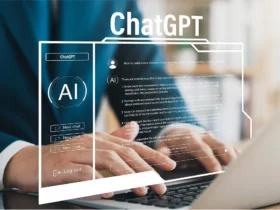



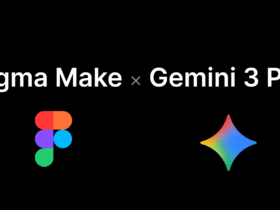

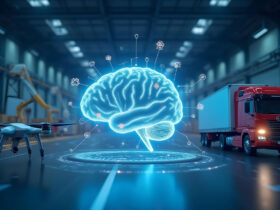
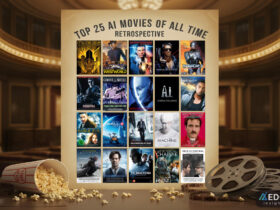
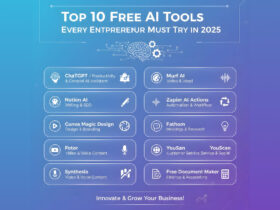

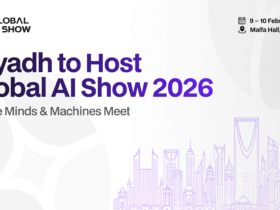




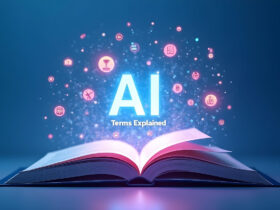
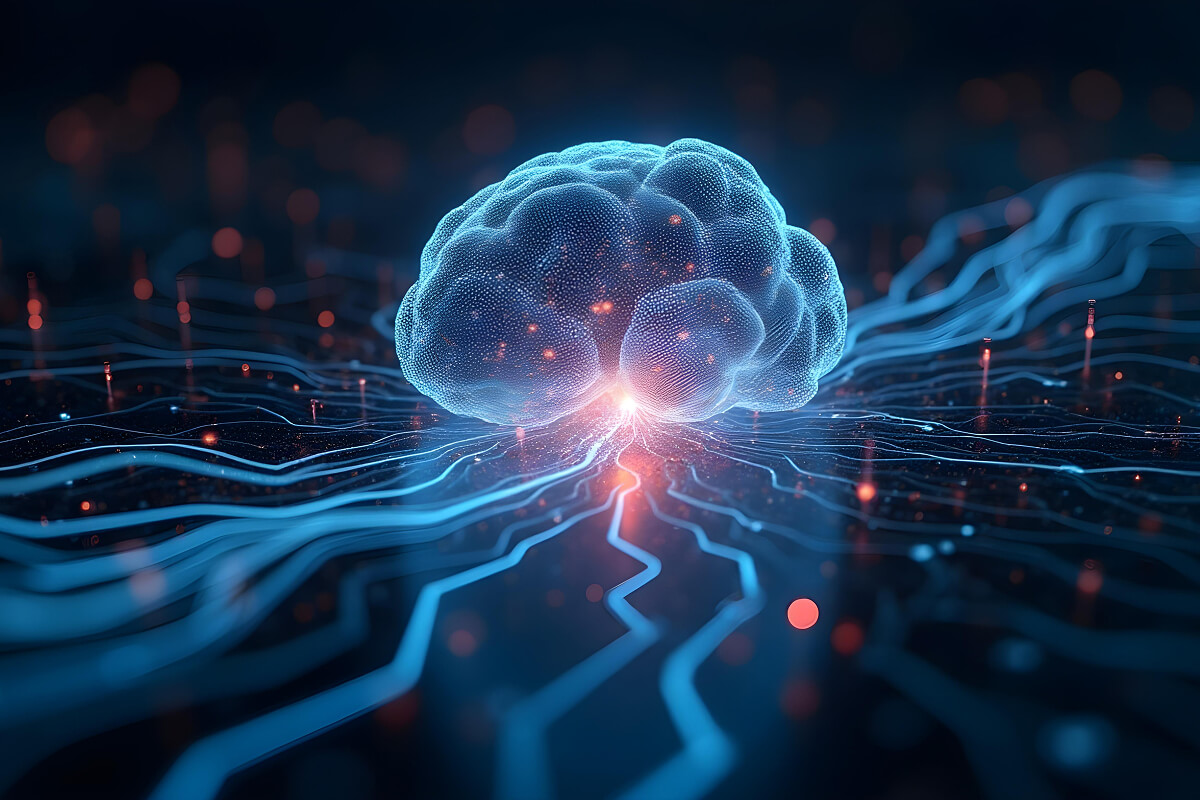

Leave a Reply